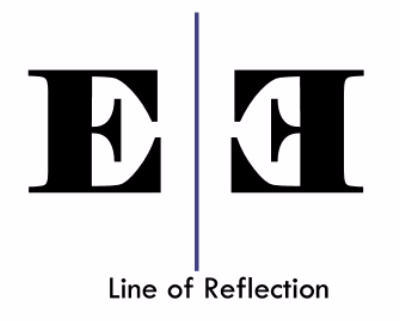Reflection
- Author:
- Therese Saade
Reflections
This image shows an example of a reflection over the y-axis. The y-axis acts as a line of reflection because it is equidistant from each point to its corresponding point and it forms a perpendicular bisector when you make a segment connecting each point to its corresponding point. You can tell that the reflection is accurate because even if it wasn't on a coordinate grid, you could find the image just using the coordinates of the pre-image. To find the image after a reflection over the y-axis, you change the (x,y) to (-x,y). For example, point A is (4,1) and when you apply the rule, it becomes (-4,1). We know this is correct because in the image on the graph, A' is at (-4,1). The same would apply for points B, C, and D.
